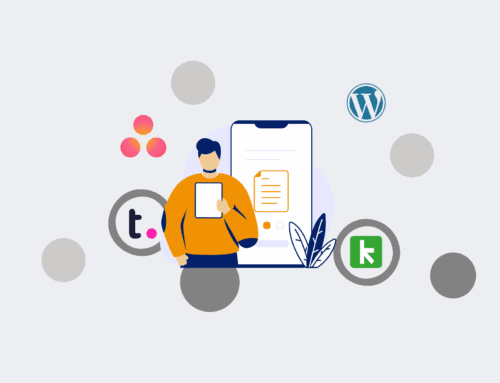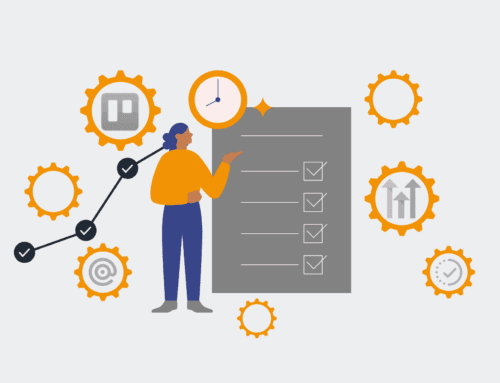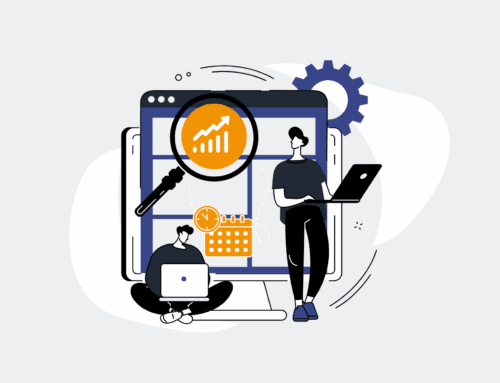Integrating AI with Existing HRIS and ATS: A Technical Roadmap for Strategic Transformation
The promise of Artificial Intelligence in human resources and talent acquisition is compelling: increased efficiency, reduced bias, better candidate matching, and enhanced employee experience. Yet, for many HR and recruiting leaders, the path to leveraging AI is often obscured by the reality of legacy HRIS (Human Resources Information Systems) and ATS (Applicant Tracking Systems). The idea of a “rip and replace” strategy for core systems is daunting, costly, and often unnecessary. The true challenge – and opportunity – lies in intelligent integration, ensuring AI augments, rather than disrupts, your established operational foundations.
At 4Spot Consulting, we understand that unlocking AI’s potential within your existing infrastructure requires a precise, technical roadmap. It’s not just about adding new tools; it’s about seamlessly weaving intelligent capabilities into the fabric of your HR and recruiting workflows to eliminate bottlenecks and amplify outcomes.
The Interoperability Imperative: Why Seamless Integration Matters
Siloed data is the enemy of efficiency. When your HRIS holds employee records, your ATS manages applicant data, and various point solutions handle onboarding, performance, or benefits, vital information becomes fragmented. Introducing AI into this fractured landscape without a clear integration strategy only exacerbates the problem. Seamless interoperability ensures a unified data view, reduces manual data entry and errors, and creates a single source of truth for your most critical asset: your people data. Without this, the insights AI can provide are limited by incomplete datasets, and the automations it can drive are hampered by disconnected systems.
Understanding Your Current HR Tech Landscape
Before any integration begins, a comprehensive understanding of your existing HR technology ecosystem is paramount. This isn’t just an inventory; it’s a strategic audit we conduct as part of our OpsMap™ diagnostic. We identify which systems are primary records, which are satellite applications, and critically, how they currently communicate (or fail to communicate). This phase involves mapping out existing APIs (Application Programming Interfaces), identifying data structures, and pinpointing areas of manual data transfer or reconciliation. A clear picture of your current state is the foundation upon which an effective AI integration strategy is built.
Mapping the Technical Integration Points
AI should extend, not overhaul, your core HRIS and ATS functionalities. Consider how AI can augment specific processes:
- Candidate Sourcing & Screening: AI can parse resumes for skills and experience, match them against job descriptions with greater precision, and even identify cultural fit indicators from unstructured data, feeding qualified candidates directly into your ATS.
- Employee Self-Service: AI-powered chatbots can handle routine HR queries, freeing up HR staff for more strategic work, and logging interactions directly into the HRIS.
- Performance Management: AI can analyze performance data to identify trends, predict flight risks, and suggest personalized development plans, integrating insights back into employee profiles.
The key is to identify specific, high-impact use cases where AI can deliver tangible ROI without requiring a full system overhaul.
API-First Strategy and Middleware Solutions (e.g., Make.com)
The backbone of successful AI integration is a robust API-first strategy, facilitated by powerful middleware platforms. Think of middleware as the central nervous system connecting disparate systems. Platforms like Make.com (one of our preferred tools) are instrumental here. They act as the “glue” that allows data to flow intelligently between your HRIS, ATS, and new AI tools. This involves:
- Establishing API Connections: Utilizing available APIs from your HRIS/ATS to send and receive data. Where APIs are limited, alternative secure data transfer methods must be engineered.
- Data Transformation: AI often requires data in specific formats. Middleware can transform data on the fly, ensuring compatibility between systems (e.g., converting a resume PDF into structured data for an AI model).
- Triggering Workflows: Middleware orchestrates automated workflows. For example, when a new candidate enters the ATS, it can trigger an AI service to analyze their resume, and then update the candidate’s record with AI-generated insights, all without human intervention.
This approach bypasses the need for custom coding for every integration, offering agility and scalability critical for evolving HR tech stacks.
Data Integrity and Security Considerations
Integrating AI touches the most sensitive data within your organization. Data integrity, privacy, and security are non-negotiable. Our OpsBuild™ methodology prioritizes:
- Secure Data Pipelines: Ensuring encrypted data transfer between all systems.
- Compliance: Adhering to GDPR, CCPA, and other relevant data protection regulations.
- Error Handling: Implementing robust error detection and reconciliation processes to prevent data corruption or loss.
- Access Control: Managing permissions to ensure AI tools only access the data they need, no more.
A well-architected integration minimizes risk and builds trust in your automated HR processes.
Phased Implementation: From Pilot to Enterprise Scale
Implementing AI with existing systems should be an iterative process, not a big bang. We advocate for a phased approach:
- Pilot Program: Start with a clearly defined, manageable use case with measurable ROI (e.g., automating resume screening for a specific job family).
- Proof of Concept: Demonstrate success, gather feedback, and validate the integration’s effectiveness.
- Iterate and Scale: Once proven, expand to more complex use cases and integrate across broader departments.
This allows organizations to learn, adapt, and refine their AI strategy without disrupting critical operations. Our OpsCare™ service then provides ongoing monitoring, optimization, and adaptation to evolving system requirements and business needs, ensuring your AI integrations remain performant and relevant.
The Strategic Advantage: Beyond Efficiency
Integrating AI with your HRIS and ATS extends far beyond mere efficiency gains. It empowers your organization with a strategic advantage:
- Enhanced Talent Acquisition: Faster, more accurate candidate matching, leading to better hires and reduced time-to-fill.
- Superior Employee Experience: Personalized support, streamlined processes, and proactive insights improve employee engagement and retention.
- Data-Driven Decision Making: AI surfaces trends and predictive analytics that inform strategic HR initiatives, from workforce planning to compensation.
The technical roadmap for integrating AI with existing HR systems is a journey of strategic transformation. It requires expertise in both HR operations and the technical intricacies of system integration. With a clear vision, the right tools, and an experienced partner like 4Spot Consulting, you can harness the power of AI to drive unparalleled operational excellence and achieve a significant competitive edge.
Ready to uncover automation opportunities that could save you 25% of your day? Our automation playbook starts with the OpsMap™—a strategic audit to uncover inefficiencies, surface opportunities, and roadmap profitable automations. Book your OpsMap™ call today.
If you would like to read more, we recommend this article: Mastering AI in HR: Your 7-Step Guide to Strategic Transformation









